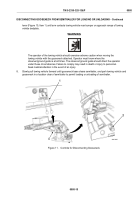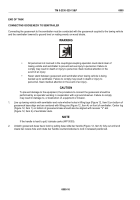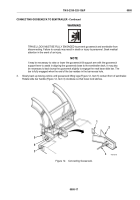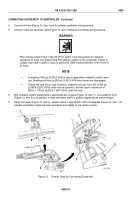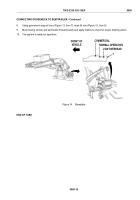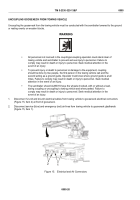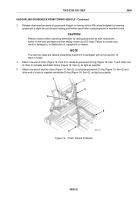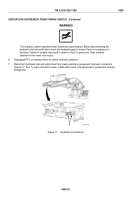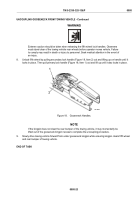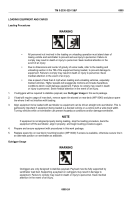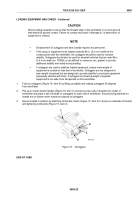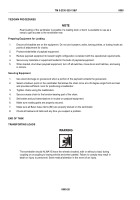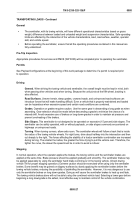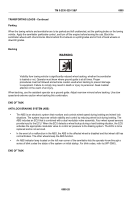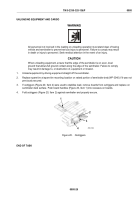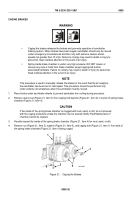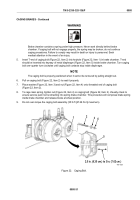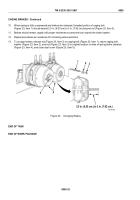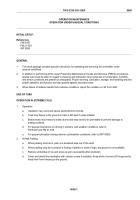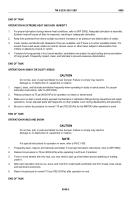TM-5-2330-325-13-P - Page 91 of 648
LOADING EQUIPMENT AND CARGO - Continued
CAUTION
When loading equipment, ensure that the forward edge of the semitrailer is on level ground
that allows full ground contact. Failure to comply may result in damage to, or destruction of,
equipment or mission.
NOTE
•
Emplacement of outriggers and deck boards requires two personnel.
•
If the cargo or equipment to be loaded exceeds 96 in. (2.4 m) in width at the
contact points with the semitrailer, the outriggers should be used to increase
stability. Outriggers should also be used for wheeled vehicles that are near 96 in.
(2.4 m) in width (ex. TRAM), or are difficult to maneuver (ex. grader) to provide
additional stability and safety during loading.
•
If outriggers are used to stabilize loaded equipment, ensure main weight of
equipment is located on load bed of semitrailer. Outriggers are not designed to
bear weight of payload but are designed to provide stability to oversized equipment
(especially vehicles with tires). If outriggers are bearing weight of payload,
equipment is too wide to be transported on this semitrailer.
1.
Fold out outriggers (Figure 19, Item 4) by lifting up slightly and rotating outriggers 90 degrees
from semitrailer.
2.
Pull up on center board handles (Figure 19, Item 1) and remove two sets of boards from center of
semitrailer and place a set of boards on outriggers on each side of semitrailer. Ensure joining brackets on
boards are on bottom when boards are placed on outriggers.
3.
Secure boards in position by attaching turnbuckle chains (Figure 19, Item 3) to loops on underside of boards
and tightening turnbuckle (Figure 19, Item 2).
466-0024
1
4
2
3
Figure 19.
Outriggers.
END OF TASK
TM 5-2330-325-13&P
0005
0005-25
Back to Top

